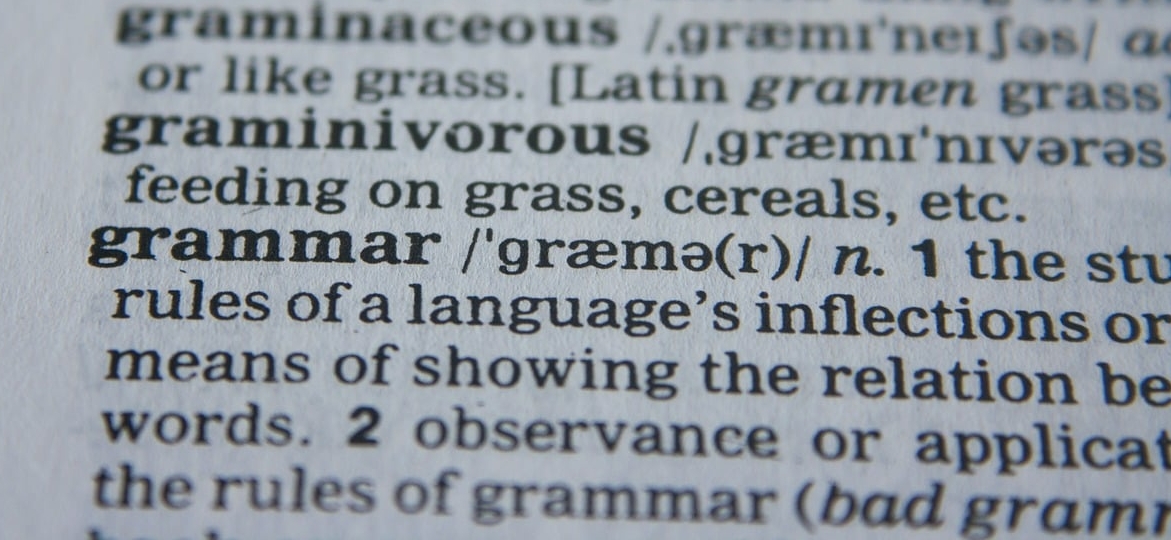If you’re looking to get a little more familiar with adverbs, this is the article for you. In the next few minutes, we’re going to dive into the following topics:
- General rules on adverbs in French
- Placing an adverb in a sentence
- Types of adverbs in French
If you wish to take the tests DELF, DALF or TCF revising all our french grammar and conjugation worksheets is always a great idea!
By the end of this article, you’ll be an adverb expert! Let’s get started and finally start learning French!
General rules on adverbs in French
So what exactly is an adverb? They are a part of speech, modifying verbs and adjectives, or even prepositions and other adverbs. To refresh your memory, take a look at these examples:
- I finished the test fairly quickly
- He really likes chocolate
- She asked him politely
The adverbs here end in -ly, and French adverbs also have a common ending: -ment. Of course, not all French adverbs look the same, but many do.
Forming adverbs in French
There are two main methods of forming adverbs in French. Here’s the first:
- Take the adjective, e.g. parfait (“perfect”)
- Put it into the feminine, e.g. parfaite
- Add ment, e.g. parfaitement (“perfectly”)
Many adverbs can be formed using this method, such as heureusement (“luckily”) from heureux (“happy”, “lucky”).
For adjectives ending -ant and -ent, follow this method instead:
- For adjectives ending -ant: add -amment, e.g. suffisament
- For adjectives ending -ent: add -emment, e.g. fréquemment
These methods work most of the time but watch out for irregulars!

Where do I put an adverb in a sentence?
When it comes to placing an adverb in a sentence, there is no one golden rule, as it can depend on the type of adverb and the context of the sentence. Generally speaking, you can follow one of the following structures:
- Verb + adverb
- Verb + adverb + verb
- Verb + verb + adverb
- Adverb + adjective/adverb
- Adverb + sentence
Study the below examples to see these different structures in practice:
- Il court vite (“He runs quickly”)
- Il a vite couru (“He ran quickly”)
- Nous allons courir vite (“We’re going to run quickly”)
- Il arrive trop tard (“He arrives too late”)
- Parfois, il court vite (“Sometimes, he runs quickly”)
The ten types of adverbs
There are lots of types of different adverbs in French, which we can group into about ten categories depending on their function. We’ve provided some examples below of adverbs in each category, but there are many more to choose from.
#1 Place
Adverbs of place describe where an action occurs. For example:
- Partout – everywhere
- Ici – here
- Là – there
- Quelque part – somewhere
- Dehors – outside
#2 Time
Adverbs of time describe when an action occurs. For example:
- Bientôt – soon
- Maintenant – now
- Longtemps – for a long time
- Déjà – already
- Hier – yesterday
#3 Quantity
Adverbs of quantity describe how many or how much. For example:
- Trop – too much
- Assez – enough
- Très – very
- Peu – little
- Beaucoup – a lot
#4 Comparative and superlative
These adverbs compare two or more things. For example:
- Moins – less
- Plus – more
- Aussi – as
- Le moins – the least
- Le plus – the most
#5 Exclamative
Exclamative adverbs are used to describe surprise. For example:
- Ce que – how, so
- Comme – how, so
- Combien (de) – so much, so many
- Qu’est-ce que – how, so
- Que (de) – how, so

#6 Frequency
Adverbs of frequency describe how often an action occurs. For example:
- Jamais – never
- Parfois – sometimes
- Rarement – rarely
- Souvent – often
- Toujours – always
#7 Negation
Negative adverbs are used to turn affirmations into interesting negative statements. For example:
- Ne… jamais – never
- Ne…pas – not
- Ne…que – only
- Ne…plus – not any more
- Ne…guère – hardly
#8 Interrogation
Interrogative adverbs are used to form questions. For example:
- Combien – how many
- Quand – when
- Comment – how
- Où – where
- Pourquoi – why
#9 Manner
Adverbs of manner describe how an action occurs. For example:
- Bien – well
- Mal – badly
- Vite – quickly
- Heureusement – luckily
#10 Pronominal
These adverbs in French are used to represent a place, quantity or preposition. There are two:
- en – of it
- y – there
Studying French online with GlobalExam
GlobalExam is an e-learning platform dedicated to languages and communication. We’ve devised study materials, exercises and tests specifically to help you learn and improve in French, whether you’re a beginning or advanced speaker. With a GlobalExam account, you can get access to detailed grammar sheets, training exercises and exams to help you meet your goals.
Still got some questions about adverbs in French? Head to GlobalExam and use our handy search tool to find all the relevant grammar material to help you get it straight. Good luck!
Take some time to read more articles about French grammar and conjugation to improve your French level. We have written articles on topics such as French adjectives, pronouns, adverbs, gerund and all you need to know about verbs and tenses.
Here with the list of French grammar and conjugation worksheets:
- French grammar – French adjectives: definition, forms, and rules
- List of relative pronouns in French: learning when to use them
- Learning French Grammar – French Passive To Active Voice
- Understanding Gerund In French: Structure and Examples
- List of French Grammar and Conjugation Worksheets
- French Conjugation All you need to know about Verbs And Tenses
- Guide to Comparison In French: Comparatives/Superlatives Adverbs
- Introduction To French Negation: Common Words and Phrases
And if you’re looking for the best grammar book to suit your level, you can rest assured that there are all kinds!



